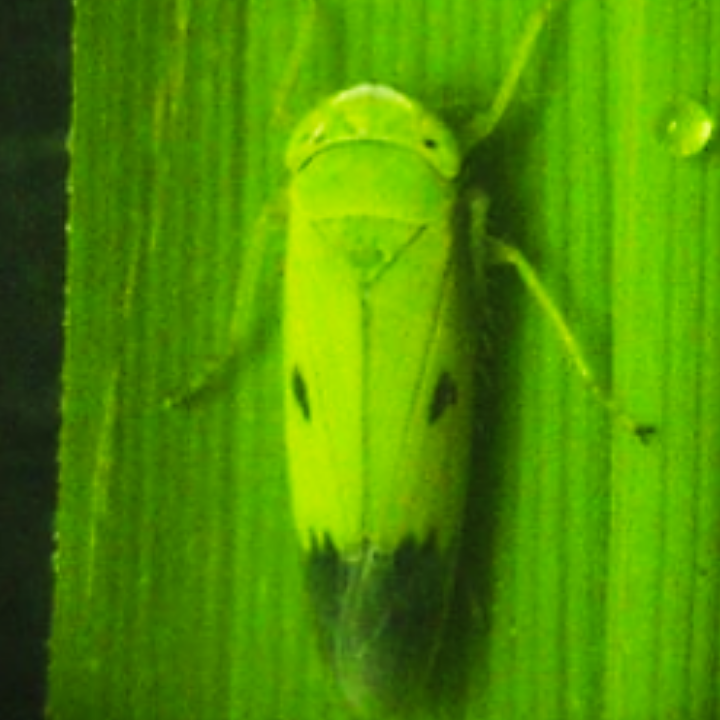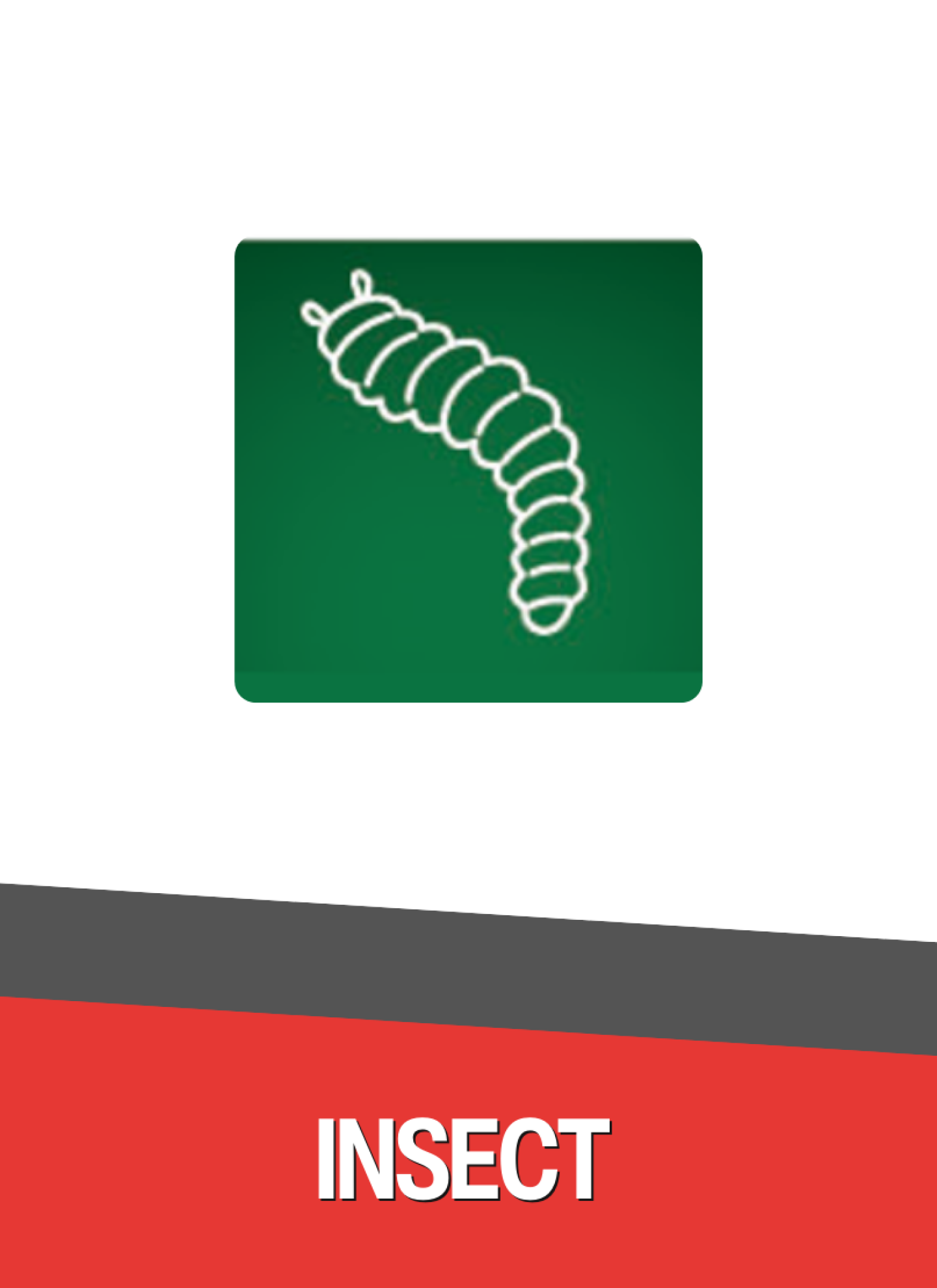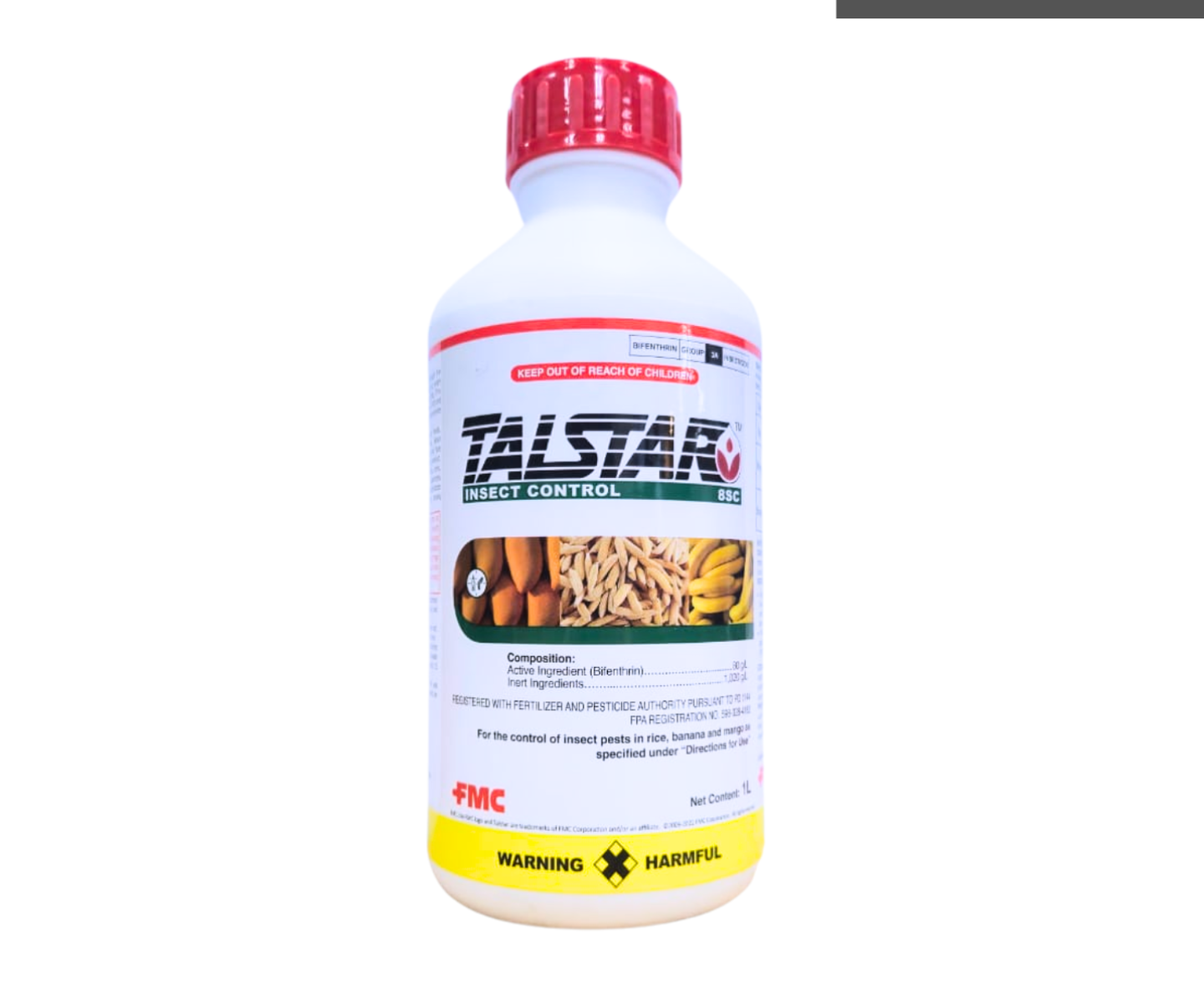Green leafhopper

There are two major species of leafhoppers (GLH) that infest rice and spread tungro, Nephotettix malayanus and Nephotettix virescens.
What are the symptoms?
GLH that infests rice fields may have tungro, yellow dwarf, yellow-orange leaf and transitory yellowing diseases. Symptoms include the following:
√ stunted plants and reduced vigor
√ reduced number of productive tillers
√ withering or complete plant drying
Check also for the sign of GLH by looking for white or pale yellow eggs inside leaf sheaths, yellow or pale green nymphs, pale green adults with or without black markings feeding on upper parts of the crop.
Impact to the crop
Green leafhoppers are important pests that serve as vectors of viral diseases such as rice tungro virus, yellow dwarf, yellow-orange leaf, transitory yellowing, and dwarf.
How to control?
√ Use GLH-resistant and tungro-resistant varieties.
√ Synchronous rice planting; two crop seasons per year
√ Transplant older seedlings (>3 weeks)
√ Plant early within a given planting period, particularly in the dry season to reduce the risk of insect-vector disease.
√ Apply nitrogen fertilizer only as needed
√ Control weeds in the field and surrounding areas to remove alternative hosts of GLH
√ Perform crop rotation with a non-rice crop
√ Use of registered and recommended insecticides
Source: http://www.knowledgebank.irri.org


